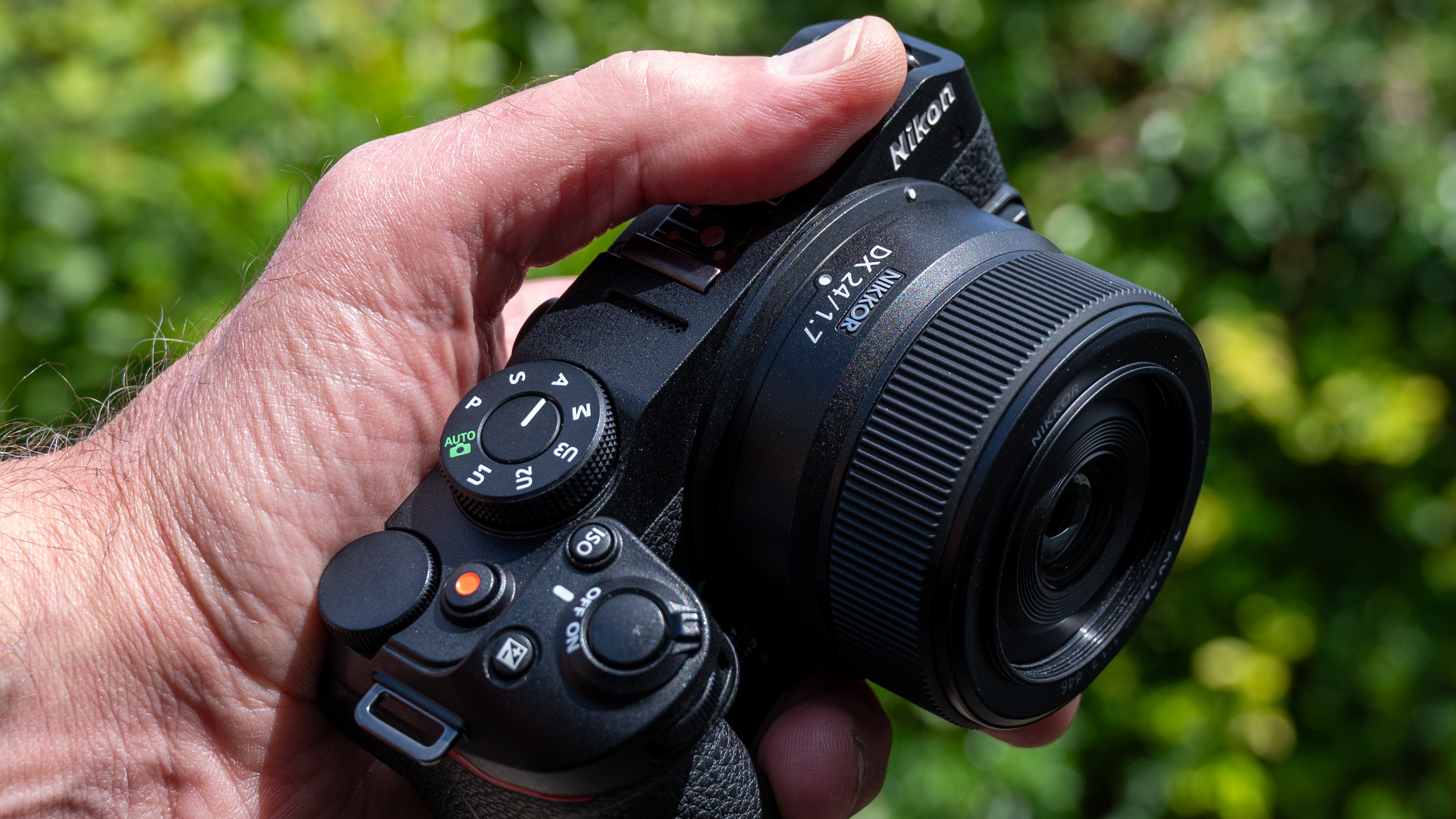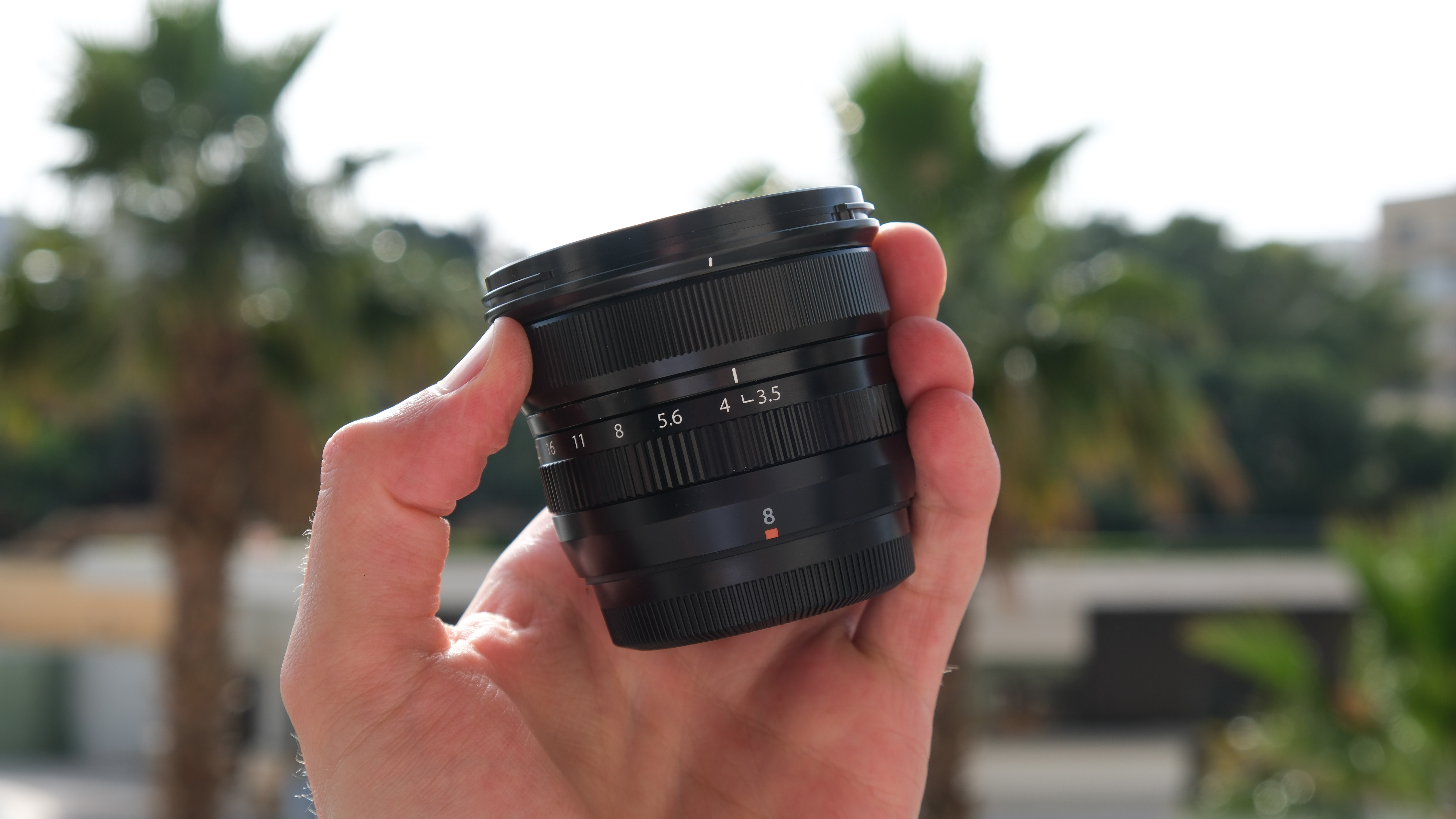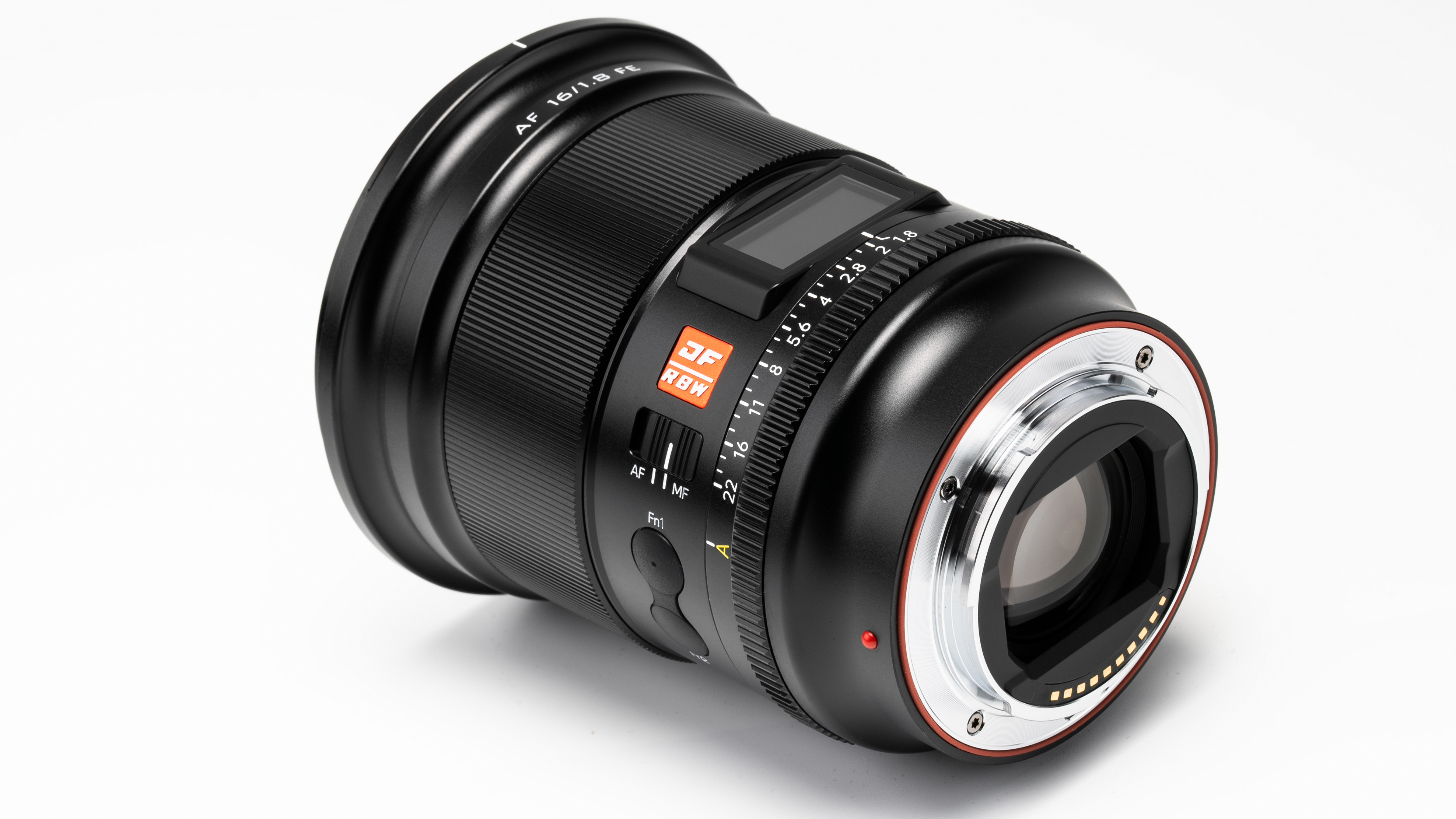
About time too! That was our reaction to Nikon finally launching a prime Z DX lens. Naturally, you can use any FX (full-frame) Z-system lens on a DX (APS-C) format body like the Z 30, Z 50 and Z fc. The Z DX 24mm f/1.7 came as good news, however, as it’s comparatively compact and lightweight, and competitively priced.

Choice of wide-angle lenses for Fujifilm X-system cameras was extended in May. Fujifilm launched its widest prime lens to date, in the diminutive shape of the Fujinon XF 8mm f/3.5 R WR. Prefer the versatility of a zoom lens? There was also the launch of the Tamron 11-20mm f/2.8 Di III-A RXD, previously available in Sony E-mount but reborn in X-mount for Fujifilm cameras.

With an eye on cost-cutting, we brought news of a 7artisans 24mm f/1.4 prime for crop-sensor Canon, Sony, Fujifilm, Nikon and MFT mirrorless cameras. Stepping up to full-frame, there was also a new Viltrox AF 16mm F1.8 FE, company’s sixth autofocus lens for Sony cameras and the first with an LCD info display. And if info screens on lenses doesn’t strike you as strange, try the frankly bizarre AstrHori 18mm f/8 macro probe lens with built-in LED lighting array, for APS-C cameras.

The first lens through our test lab in May was the Canon RF-S 55-210mm F5-7.1 IS STM, which is also the first Canon telephoto lens in RF-S mount for APS-C format EOS R-system cameras. Indeed, it was still only the third RF-S lens, period. We followed that up with an AstrHori 12mm f/2.8 Fisheye lens, somewhat going to the opposite extreme to the company’s macro probe lens that we reported in our news, as well as testing the Canon RF 28mm f/2.8 STM pancake prime.

A sample of the new Fujinon XF 8mm f/3.5 R WR was quick to arrive, so we ran a full review of Fujifilm’s latest wide-angle prime. And finally for May, we tested the new Sigma 17mm F4 DG DN | C, Sigma 23mm F1.4 DC DN | C and Sigma 50mm F2 DG DN | C ‘Contemporary’ primes, being particularly impressed with the two 17mm and 50mm full-frame compatible lenses.







